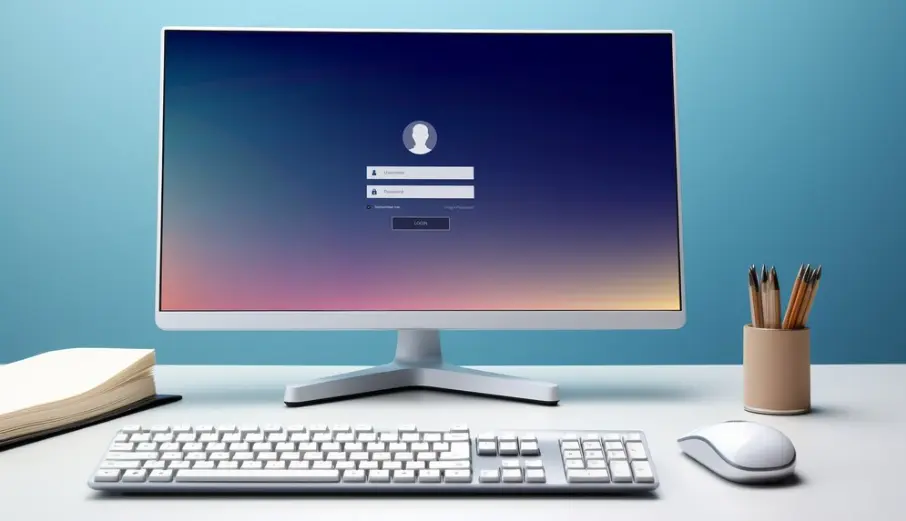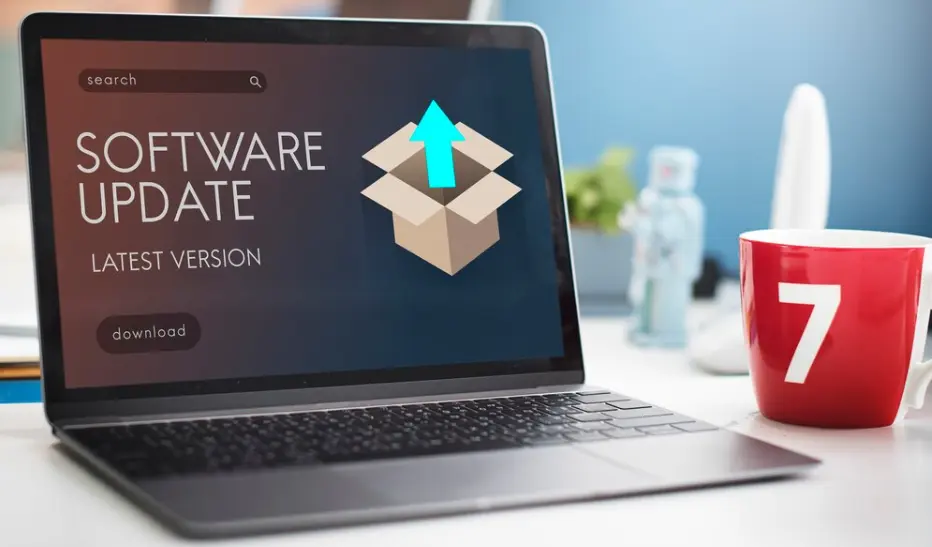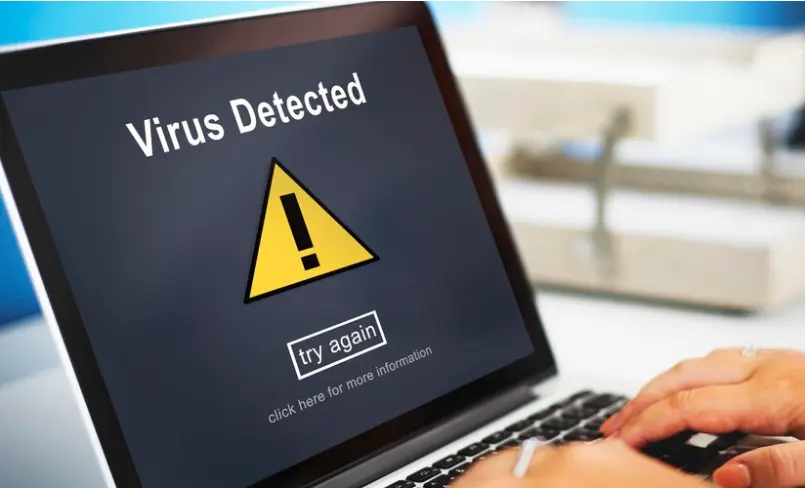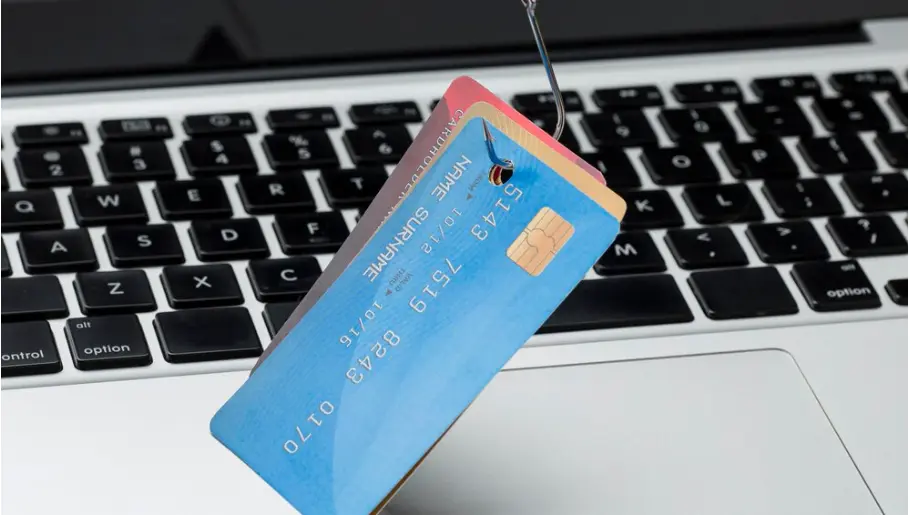Table of Contents:
- 6 Major Security Issues of WordPress
- Brute Force Attacks
- Outdated Software
- Unauthorized Users
- Malware
- Unsecured HTTP Protocol
- Phishing
- 6 Major Security Issues Of WordPress You Need To Know
- Conclusion
- How to prevent the 6 major security issues in WordPress:
Last updated December 5th, 2023 23:09
WordPress is currently an extremely popular content management system. It could be said that it is likely the most widely used web creation tool across the entire internet. And when a system is used by a large mass of people, it’s only a matter of time before it becomes a major target for digital attackers. Let’s take a look at the 6 major security issues of WordPress that you should be very careful about.
6 Major Security Issues of WordPress
Brute Force Attacks

Brute force attacks, also known as brute force assaults, are a common issue for WordPress. Practically everyone knows the URL address for accessing the WordPress administration panel. If you don’t change it manually, for instance, using a plugin, WordPress administration is always found at the same address: domain.tld/wp-admin. This fact makes the job easier for many attackers. Considering that a vast number of people leave the main user named ‘admin’ during WordPress installation, the only thing an attacker lacks is the password.
Knowing the administration URL and the user, the attacker runs a script that systematically tries one password after another until it succeeds. The sole barrier between your website and the attacker is a very strong password. Some web hosting providers counter these attacks by applying protection against brute force on their servers. This protection simply blocks the administration address after several unsuccessful login attempts. However, unfortunately, you can’t solely rely on that.
Therefore, when setting up a new website on WordPress, always change the user to something other than ‘admin.’ Your next step should be considering changing the administration URL. There are several plugins available that can do all the work for you. Afterward, the attacker has nothing in hand. They don’t know the administration address, nor the username, and certainly not the password.
Outdated Software

Another issue plaguing the WordPress content management system is its components. WordPress is a modular system, meaning there’s a core system, and users install necessary components into it. You change the website’s appearance using a theme and modify its functionalities using plugins.
However, these components, just like WordPress itself, undergo development. I commonly encounter websites that have more than 20 plugins. You can probably imagine the security risks in a website with over ten plugins that haven’t been updated.
By keeping your website and its components up to date, you simultaneously make it harder for potential attackers. If a security flaw appears in a plugin that an attacker could exploit, you typically eliminate it simply by updating. Therefore, don’t forget to regularly check your WordPress website.
Unauthorized Users

Another type of attack on the WordPress content management system involves unauthorized users. If an attacker gains access to your system, they typically create their own user with administrator privileges. This allows them to log into your system anytime, even if you regularly update your password. They simply use their own user for system entry.
Occasionally, take a look at the user section in your website’s administration and verify the rights of all users. Once you spot a suspicious user in the list, it’s important not only to delete them but also to carefully check the website’s status. Most likely, your website has been compromised in the past. If you only delete the suspicious user, they could return very soon. They might exploit the same security flaw as before.
Malware

This problem usually pertains to an outdated system. In this scenario, attackers exploit some known security vulnerability. Using it, they upload malicious content onto your website, which then attacks your users’ computers. This could involve injected code into your articles, PHP scripts via FTP, or anything else that allows the attacker to execute dangerous code through your website.
Moreover, many users contribute to this issue by uploading themes and plugins from unauthorized sources simply because they would have to pay for the originals. This not only damages the plugin developers but also harms themselves.
Furthermore, with this type of attack, your website could quickly land on Google’s list of domains with suspicious content. Consequently, every user would receive a warning before entering your website. Your site’s traffic could plummet to zero very quickly, and as a ‘bonus,’ Google will severely penalize you in search results.
Unsecured HTTP Protocol

Since the HTTPS protocol is essentially the standard for internet communication today, you won’t encounter this problem as frequently. Moreover, most web hosting providers offer SSL certificates for websites for free. Therefore, ensure that your website operates correctly on the HTTPS protocol and is also redirected to it. This means that if someone types your domain into their browser without explicitly stating the protocol, they must always be redirected to HTTPS. Without fail.
If you don’t have an SSL certificate for your website, contact your web hosting provider and have this crucial component installed for your website. Until you have it, Google will penalize your site.
Phishing

This attack is a form of social engineering and has recently become quite common on WordPress websites. Phishing, or this type of attack, occurs practically in the same manner as an attack that uploads malicious malware onto a website. However, phishing isn’t primarily aimed at damaging the user’s device. But that doesn’t mean it’s less dangerous.
Phishing employs illegal techniques and practices to acquire sensitive data from your users. An attacker might upload content to your website that’s an exact replica of a well-known institution or bank’s site. On such content, the attacker lures your users into entering sensitive information like credit card numbers, etc. The risks here are practically the same as in a malware attack. You’re likely to face issues very soon, with Google blocking your website and penalizing it in search results.
Additionally, you also risk having your website provider immediately block your site until the problem is resolved. This is an illegal practice, and the website provider has no choice but to immediately shut down such a website!
6 Major Security Issues Of WordPress You Need To Know
Conclusion
These types of attacks are the most common and prevalent. As of today, WordPress powers tens of millions of websites. It’s entirely logical, then, that it will attract significant attention from attackers. Due to insecure systems, they can easily access your data and exploit it for their own gain, unfortunately at the cost of damaging your good name or your company’s reputation. In conclusion, I’d like to emphasize a few crucial points that will significantly help you protect your WordPress against the aforementioned attacks.
How to prevent the 6 major security issues in WordPress:
- Always use a very strong password. A good practice is at least 8-10 characters, combining lowercase and uppercase letters, numbers, and special characters. Avoid using words or phrases. Don’t store your password in your browser; instead, consider using a password manager.
- Change the administration URL using a plugin.
- Avoid using ‘admin’ as a username.
- Perform regular updates of the system, plugins, and theme.
- Periodically check your system’s users and their assigned permissions.
- Implement the principle of least privilege. Assign only the necessary permissions to each user in your system to perform their job. No additional permissions beyond their scope of work are required.
- Block administration using GeoIP plugin or through the .htaccess file for specific countries.
- Avoid uploading themes or plugins to your website that were downloaded from unauthorized sources just because the original is paid. Cracked templates and plugins are a significant source of problems and malware. Often, they voluntarily introduce dangerous software to your website.
The website is created with care for the included information. I strive to provide high-quality and useful content that helps or inspires others. If you are satisfied with my work and would like to support me, you can do so through simple options.
Byl pro Vás tento článek užitečný?
Klikni na počet hvězd pro hlasování.
Průměrné hodnocení. 0 / 5. Počet hlasování: 0
Zatím nehodnoceno! Buďte první
Je mi líto, že pro Vás nebyl článek užitečný.
Jak mohu vylepšit článek?
Řekněte mi, jak jej mohu zlepšit.

Subscribe to the Newsletter
Stay informed! Join our newsletter subscription and be the first to receive the latest information directly to your email inbox. Follow updates, exclusive events, and inspiring content, all delivered straight to your email.
Are you interested in the WordPress content management system? Then you’ll definitely be interested in its security as well. Below, you’ll find a complete WordPress security guide available for free.

